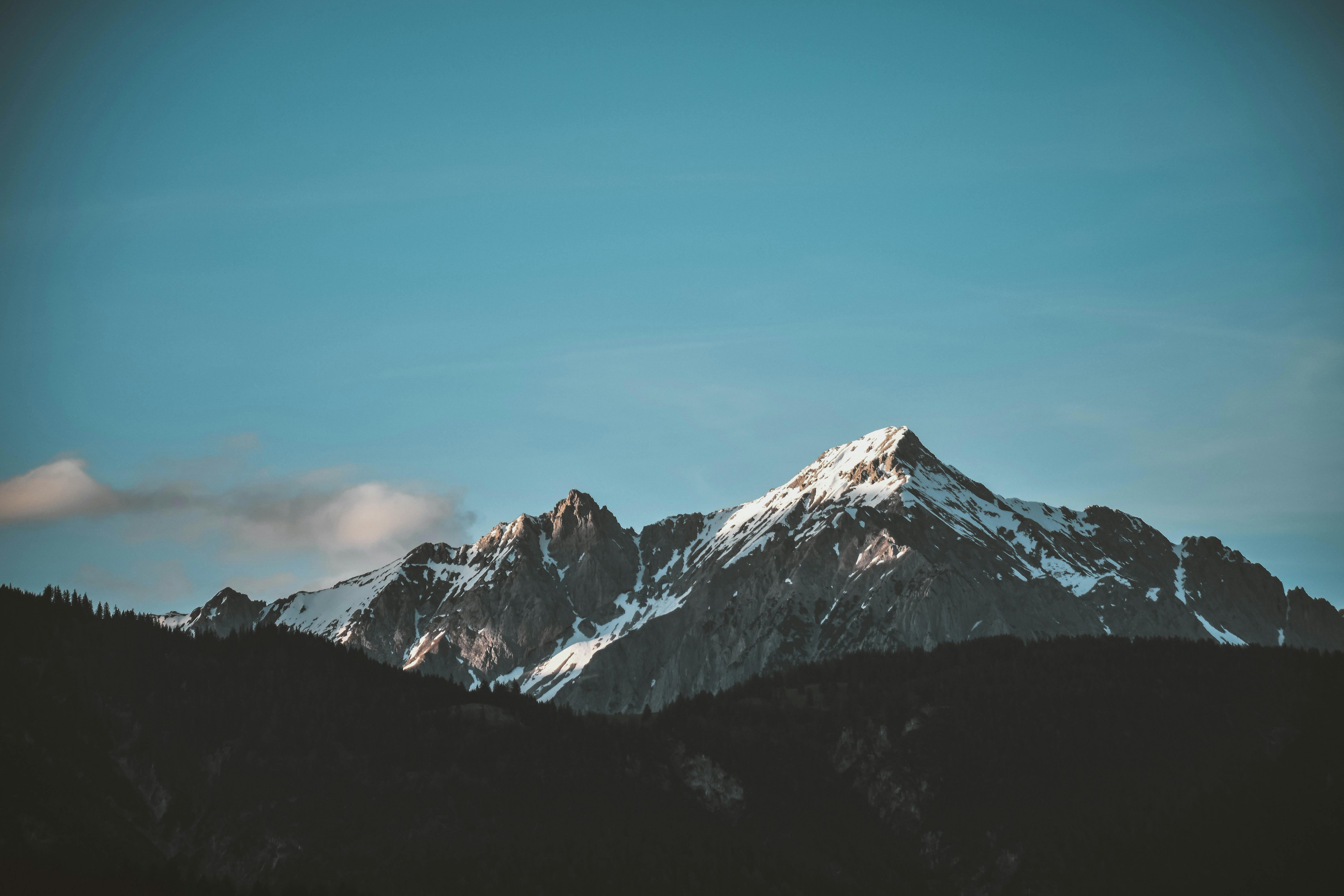Foraging Tourism: A Culinary Adventure in Nature's Pantry
Embarking on a gastronomic journey through the wilderness, foraging tourism is revolutionizing the way travelers experience local cuisines and connect with nature. This burgeoning trend combines the thrill of exploration with the satisfaction of harvesting one's own meals, offering a unique perspective on sustainable travel and traditional food cultures. As urbanites seek to reconnect with their natural surroundings, foraging vacations are emerging as a captivating way to discover new destinations through their edible landscapes.

As the farm-to-table movement evolved, travelers began seeking more immersive food experiences, leading to the birth of foraging tourism. This trend aligns with the growing desire for authentic, sustainable, and educational travel experiences that offer a deeper connection to local ecosystems and cultures.
A Global Feast of Wild Flavors
Foraging tourism has spread across the globe, each destination offering its own unique bounty of wild edibles. In Scandinavia, travelers can explore boreal forests for lingonberries, chanterelles, and wild herbs. The Mediterranean coast beckons with opportunities to harvest sea urchins and samphire along rocky shores. In Japan, foraging tours often focus on mountain vegetables, known as sansai, which play a crucial role in traditional cuisine.
North America’s diverse landscapes provide a wide array of foraging experiences, from gathering wild ramps in Appalachian forests to harvesting seaweed along the Pacific Northwest coast. In Australia, bush tucker tours offer insights into Aboriginal food cultures, introducing travelers to native fruits, seeds, and even insects.
The Educational Aspect of Foraging Tours
One of the key attractions of foraging tourism is its educational value. Guided by local experts, participants learn to identify edible plants, understand their ecological roles, and discover traditional uses beyond culinary applications. This knowledge not only enriches the travel experience but also fosters a deeper appreciation for biodiversity and conservation.
Many foraging tours incorporate workshops on sustainable harvesting practices, ensuring that participants understand the importance of preserving ecosystems. This educational component often extends to cooking classes, where travelers learn to prepare their foraged ingredients using traditional methods, creating a full circle experience from forest to plate.
Challenges and Considerations
While foraging tourism offers numerous benefits, it also presents challenges that both tour operators and participants must navigate. The most pressing concern is the potential environmental impact of over-harvesting. Responsible foraging tours implement strict guidelines to ensure sustainable practices, such as limiting group sizes and rotating foraging areas.
Safety is another crucial consideration. Proper identification of edible plants is paramount, as some wild species can be toxic if consumed. Reputable tour operators employ certified guides with extensive knowledge of local flora and fauna to mitigate these risks.
Legal considerations also come into play, as regulations regarding foraging vary widely between countries and even local jurisdictions. Tour operators must stay informed about local laws and obtain necessary permits to conduct foraging activities on public or private lands.
The Future of Foraging Tourism
As interest in foraging continues to grow, the tourism industry is adapting to meet demand while addressing sustainability concerns. Innovations in this space include the development of foraging apps that use AI to help identify plants, virtual foraging experiences for those unable to travel, and partnerships between hotels and local foraging guides to create unique guest experiences.
The future of foraging tourism may also see an increased focus on urban foraging, as cities recognize the potential of public green spaces for edible landscapes. This could lead to new types of city tours that combine urban exploration with foraging activities, making the experience more accessible to a wider range of travelers.
Forager’s Almanac: Seasonal Highlights
-
Spring: Wild garlic, fiddlehead ferns, morel mushrooms
-
Summer: Blackberries, wild strawberries, elderflowers
-
Autumn: Chestnuts, wild apples, porcini mushrooms
-
Winter: Pine needles, birch sap, winter cress
As travelers seek more meaningful and sustainable ways to explore the world, foraging tourism stands out as a trend that nourishes both body and soul. By connecting people with the land, its flavors, and its traditions, this unique form of travel offers a recipe for unforgettable adventures and a deeper understanding of our place in the natural world. Whether in distant wilderness or urban parks, the art of foraging invites us to see our surroundings with new eyes, transforming every journey into a treasure hunt for nature’s hidden delicacies.





